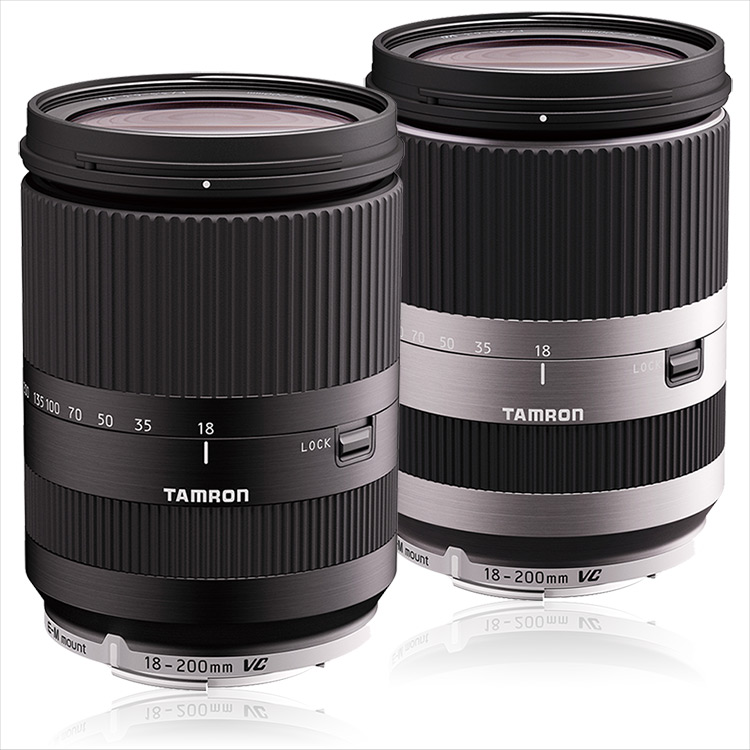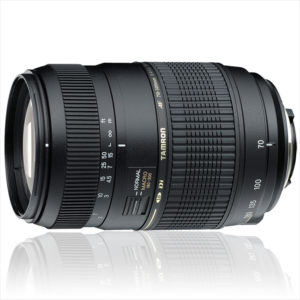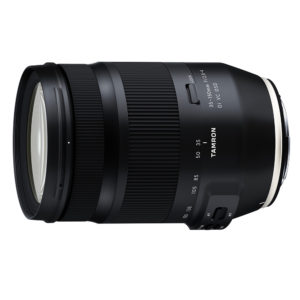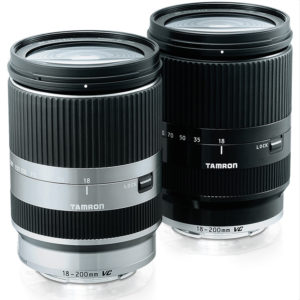Description
| Model | B011EM (Canon M) | |
| Lens Construction (Groups/Elements) | 13/17 | |
| Angle of View | Diagonal | 76°10′ – 8°03′ |
| Horizontal | 66°16′ – 6°43′ | |
| Vertical | 46°51′ – 4°27′ | |
| Diaphragm Blade Number | 7 | |
| Maximum Aperture | F/3.5-6.3 | |
| Minimum Aperture | F/22-40 | |
| Minimum Focus Distance | 19.7in.(0.5m) | |
| Macro Magnification Ratio | 1:3.7 (at f=200mm MFD 0.5m) | |
| Filter Diameter | ø62 | |
| Weight | 460g (16.2oz) | |
| Length2 | 96.7mm (3.8 in) | |
| Entire Length3 | 102.0mm (4.0 in) | |
| Diameter | ø68 (2.7 in.) | |
| Accessory | Flower-shaped Lens hood | |
| Mount | Canon | |
| Tamron Di III – Engineered specifically for mirrorless interchangeable-lens cameras with no internal mirror box or pentaprism, adopting an optical design that matches the characteristics of the digital camera. (Note: These lenses cannot be used with digital SLR cameras with built-in mirror box or conventional 35mm film SLR cameras). | |
| VC (Vibration Compensation) Tamron’s conventional VC (Vibration Compensation) unit has a moving magnet system with heavy magnets in the vibration-compensating lens. However, the new VC mechanism adopts a lightweight moving coil system that reduces the load on the drive system. This allows the drive to be operated with smaller coils and magnets, reducing the weight and size for the entire VC unit. In addition, improvements to software and other elements of the VC mechanism used in the 18-200mm Di III VC have made the mechanism even quieter. |
|
|
Stepping Motor 18-200mm Di III’s autofocus mechanism uses a stepping motor that is an ideal match for the Contrast-detection AF system used in Sony’s NEX series cameras. The stepping motor’s actuator allows finely tuned control of angular rotation, and since it drives the focusing mechanism directly without an intermediate reduction gear, it also provides superbly quiet performance. You can count on this to enhance autofocus capability when shooting video. Furthermore, after adjusting with the AF mechanism, you can use the Direct Manual Focus (DMF) function for delicate adjustments to the image. In short, you can capture the scenes you want focused exactly as you want them every time. |
|
| Low Dispersion (LD) Glass for Greater Lens Sharpness – Low dispersion (LD) glass elements in a lens help reduce chromatic aberration; the tendency of light of different colors to come to different points of focus at the image plane. Chromatic aberration reduces the sharpness of an image, but glass with an extremely lowdispersion index, has less of a tendency to separate (defract) a ray of light into a rainbow of colors. This characteristic allows the lens designer to effectively compensate for chromatic aberration at the center of the field (on axis), a particular problem at long focal lengths (the telephoto end of the zoom range), and for lateral chromatic aberration (towards the edges of the field) that often occurs at short focal lengths (the wide-angle end of the zoom range.) | |
| Hybrid Aspherical Elements Provide the Ultimate in Image Quality and Compactness – Tamron uses several hybrid aspherical lens elements in many lenses bearing the Aspherical designation. These innovative optics allow us to achieve the ultimate in image quality, and at the same time produce lenses that offer remarkable zoom ranges in extraordinarily compact packages. By perfecting theses cutting-edge advances for series production, Tamron has advanced the state of optical design, and virtually eliminated spherical aberration and image distortion from the high-power-zoom series.Through the effective application of Hybrid Aspherical Technology, one lens elemen tcan take the place of multiple elements without compromising performance. This is what allows us to produce remarkably compact long-range lenses that deliver a uniformly high level of image quality at all focal lengths and apertures. | |
| Internal Focusing (IF) System – Internal focusing (IF) provides numerous practical benefits to photographers including a non-rotating front filter ring that facilitates the positioning of polarizing and graduated filters, and more predictable handling because the lens length does not change during focusing. Even more important, Tamron’s Internal Focusing (IF) system provides a much closer minimum focusing distance (MFD) throughout its entire focusing range. In addition, IF improves optical performance by minimizing illumination loss at the corners of the image field, and helps to suppress other aberrations that become more troublesome at different focusing positions. | |
| Zoom Lock (ZL) Feature – Another original Tamron mechanical engineering concept is the Zoom Lock (ZL), a simple convenience feature that prevents undesired extension of the lens barrel when carrying the camera/lens unit on a neck strap. |




 Tamron 18-200mm f/3.5-6.3 Di III VC is an All-in-One Zoom for Sony and Canon mirrorless interchangeable lens cameras by Tamron the Pioneer in High-Power Zoom Lens Design. This striking new 11X zoom provides greatly enhanced shooting flexibility with APS-C-format mirrorless compact interchangeable-lens cameras, providing equivalent focal lengths from 27mm wide-angle to 300mm super telephoto plus macro focusing in an ultra-compact form factor, Incorporating the latest version of Tamron’s acclaimed VC (vibration compensation) system, its advanced optical design and stepping-motor autofocus (AF) drive deliver extraordinary image quality plus seamless AF performance.
Tamron 18-200mm f/3.5-6.3 Di III VC is an All-in-One Zoom for Sony and Canon mirrorless interchangeable lens cameras by Tamron the Pioneer in High-Power Zoom Lens Design. This striking new 11X zoom provides greatly enhanced shooting flexibility with APS-C-format mirrorless compact interchangeable-lens cameras, providing equivalent focal lengths from 27mm wide-angle to 300mm super telephoto plus macro focusing in an ultra-compact form factor, Incorporating the latest version of Tamron’s acclaimed VC (vibration compensation) system, its advanced optical design and stepping-motor autofocus (AF) drive deliver extraordinary image quality plus seamless AF performance.













Reviews
There are no reviews yet.